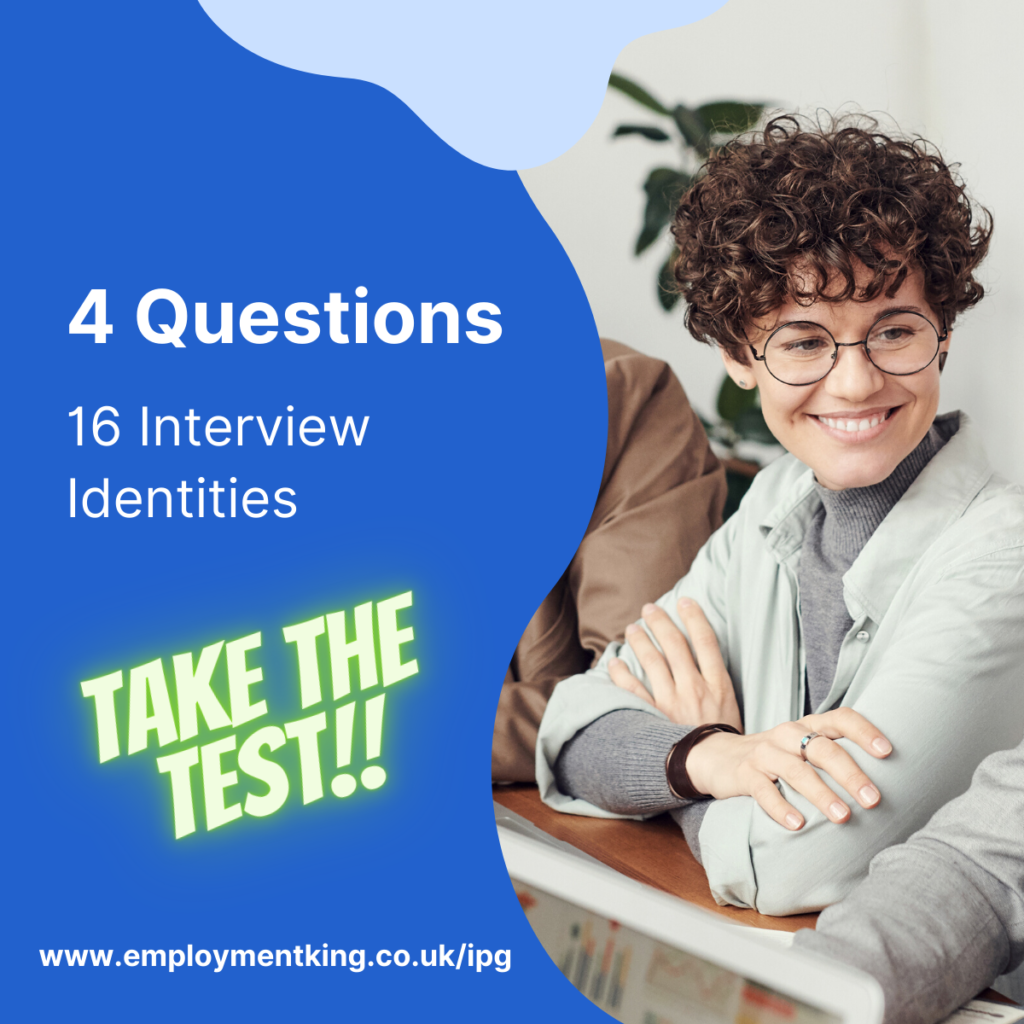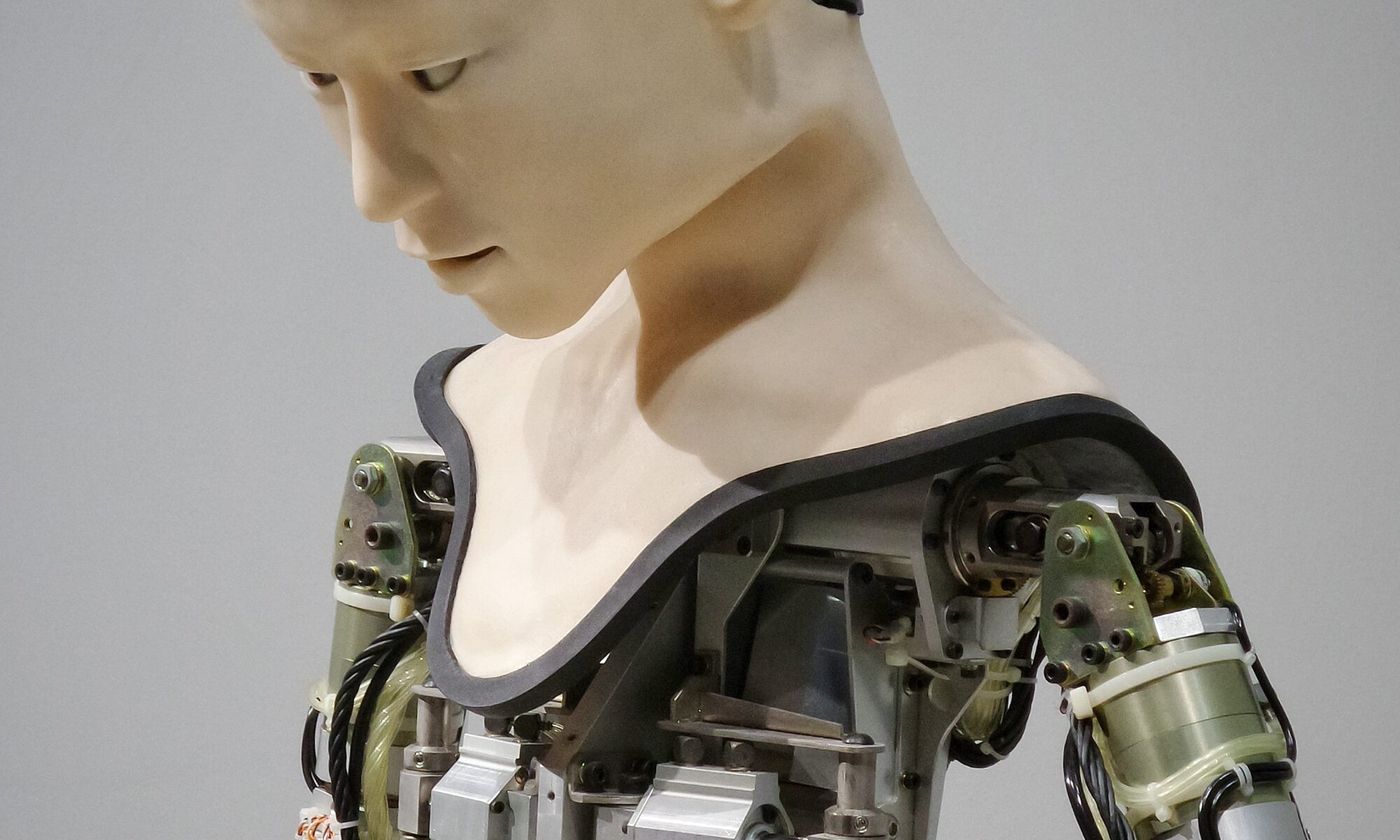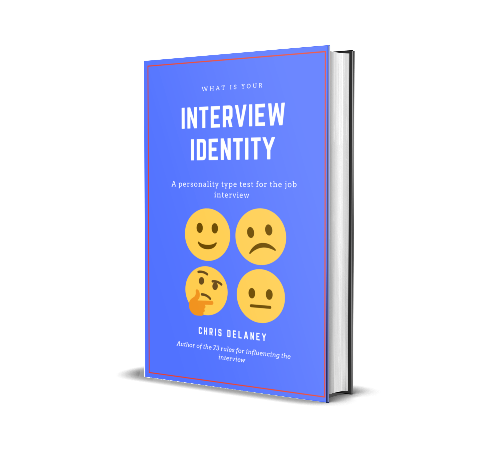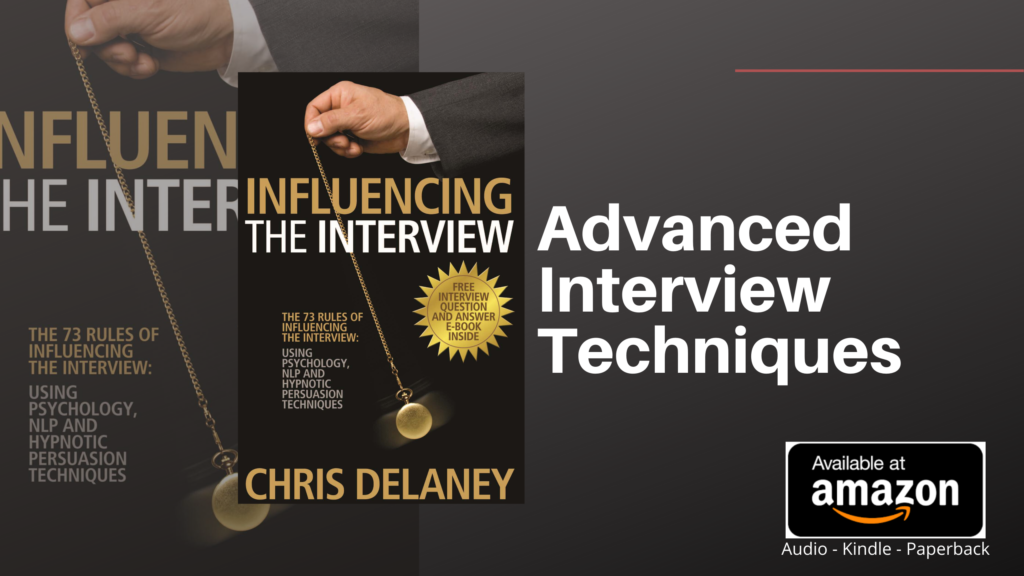An asynchronous video interview (AVI) is a job interview conducted by a computer algorithm.
In an AVI, the interviewee is filmed answering a set of pre-determined interview questions. Each interview answer must last between one or two minutes. Post two minutes and the video recording ends, even when the job applicant is halfway through their interview answer.
Never heard of an asynchronous video interview? You soon will!
AVI’s have been around for a while.
In a BBC article, they explained how some industries have already tested AVI’s prior to the recent increase in common usage: “AVIs were being used as the first stage of recruitment in the healthcare, pharmaceutical, tech, business and finance sectors..”
In 2012, around 10% of ‘top positioned’ businesses used any type of video interviewing. An article in the Financial Times by Sarah O’Connor, talking about the impact of AVI’s, said that: “Of those employers using video interviews in the UK in 2019/20, 46 percent were doing them with an interviewer, 30 percent were using automated video interviews and 24 percent were using a mix of both, according to the Institute of Student Employers.”
A poll of 334 HR leaders by Gartner found that covid increases the usage of AVI’s with 86% of organizations incorporating new virtual technology to interview candidates.
Artificial intelligence being used in the recruitment process is nothing new
Large organisations have been using Application Tracking Systems (ATS) to shift through candidates’ application forms for many years.
In a Slate article, they explain how AI is embedded into the recruitment system: “Artificial intelligence has played a growing role in recruiting and hiring for some time, as both a timesaver and a matchmaker. A.I. has been used to generate job descriptions, to post and share jobs, to automate candidate searches, and to scan résumés and cover letters..”
Mid to large companies use ATS if they receive a high number of applications for multiple job positions. AI can sort the weak from the strong, the unsuitable from the suitable, a lot quicker than a human can. ATS mainly makes decisions based on keywords embedded throughout the application form.
Recent research by JobScan found that “at least 494 Fortune 500 companies use an ATS, we were able to identify the exact ATS for 482 of them. This means that 98.8% of Fortune 500 companies use an ATS”.
Artificial intelligence, from an employer’s perspective, is about saving time and money. But where does this leave the job seeker?
Which Organisation use AI Interviewers?
A high number of large companies are known to be using asynchronous video interviews, including:
- PwC
- Unilever
- Kingfisher
- Hermes
- JP Morgan
- Amazon
Different Trypes of Asynchronous Video Job Interviews
Understanding the platform the employer chooses to use is deemed as being highly important.
An updated article, on Select Software Reviews, details 13 AVI’s being used, including:
- VidCruiter
- Hireview
- MyInterview
In Slates ‘should robots be conducting interviews’ article, they explain that the various algorithms used by the various programmes look at various criteria: “Like humans, these bot recruiters have their own unique styles of interviewing. Some are merely seeking logistical information, like availability and ongoing interest, while others might be looking to assess drive, initiative, team-working skills, adaptability, or even your tendency to job hop.”
The BBC go-on to explain some of the challenges when interviewed by an AI system: “There are challenges; AVIs can vary in the amount of time allotted for each answer, and not every programme will give candidates unlimited preparation time or allow them to re-record a section if they are unhappy with their first attempt”
Some robot interviewers choose candidates based on their interview answers (keywords that match the job criteria), with others reading facial expressions and the candidates tonality.
A researcher, speaking to the Mirror, shared concerns that working-class applicants could be at a disadvantage when a robotic interviewer analyze voice and tonality of a job candidate, if the working class interview doesn’t have “beautifully compiled grammar”
How to Prepare for an Asynchronous Video Job Interview?
Each job applicant should first reflect on their past job interview performances and take the interview identity test to understand how they are viewed by an employer.
Specifically for an AVI recruitment process, job applicants must:
1. Set up the interview environment and IT systems
A full guide to setting up for an online interview can be found here: Online Job Interviews.
The biggest question asked is “what happens if my internet signal drops during the asynchronous interview?”
Luckily, the designers of AVI’s have tackled this potential problem. As an applicant’s signal starts to dip, a warning indicator pops onto the screen. When the signal is lost, the interview will atomically stop and only resume once the candidate’s internet signal strength is strong.
2. Practice speaking to camera
In the online job interview article, it explains the importance of looking at the camera, not the screen, to help improve eye contact.
For systems that monitor facial expressions, feeling an emotion (excitement, joy, happiness) will automatically show on the applicant’s face.
Many applicants worry about the turnaround from entering the virtual interview room and being monitored. In most cases, an interviewee can access the AVI, take a deep breath to relax, before actually starting the interview.
In fact, many AVIs have a practice interview question to help the candidate prepare and ready themselves.
3. Predict the job interview questions and preapre answers
In advance, the employer will send details of the AVI. This will include the date/time of the interview – this is often optional over several dates.
As there are no human interviewers, the job interview isn’t on a specific time on a set date.
The career professional needs to log in, often within a seven-day period, 24hrs a day, and complete the interview at a time convenient to them.
Candidates will also be told the number of interview questions they will be asked – with the average being three questions. And the duration of the interview answer, which is often one or two minutes per answer. Sometimes this information is present once the candidate logs onto the AVI.
The three interview questions will be chosen to gain a better understanding of the job applicant’s suitability for the role. In most cases, AVI’s are used to reduce the number of applicants, which can be as many as 20,000 for global companies to a manageable number of interviewees who will be invited for a face-to-face interview with a human.
One question will be a generic question on suitability “Tell me why you are suitable for the role?” or “Tell me about yourself?” or “What can you bring to the role?”
The additional questions will be more specific, based on the key job criteria: “Give me an example of when you did X?” or “What is your experience doing X”
How do you speak to a robot interviewer?
Research shows how a nervous job applicant will self-disclose weaknesses, give shorter responses and use excessive filler words.
The key to being seen as suitable is through a confident delivery of the interview answer.
Confidence is one element that creates a strong interview identity. A job interview identity is created by a mixture of content and delivery. An employer will have a positive view of a job applicant who they perceive to have a high level of knowledge and experience and who delivers answers with confidence.

AI interviewers have built-in software to understand mispronounced words, and to understand local slang.
But the advice is to always speak clearly and to pace yourself. Talk slower than you would when naturally speaking and focus on diction.
As with a human interviewer, be self-promoting, enthusiastic (especially if the bot is monitoring your tonality), and stick to the time frame of the interview answer.
Are AVI’s here to stay?
The test results aren’t in yet.
There are many concerns around biases with AI interviewers, as they are programmed by humans and data that are filled with biases.
Many people on social media talk about how being interviewed by a robot increase job interview anxiety.
But with one large grocery chain in the U.S. using an AVI to interview about 20,000 people a day for stocker and cashier jobs, it sounds like there will be an increase in robot job interviews.
With an increase in technology and a move to a virtual reality world, future job interviews could be delivered in the metaverse.








